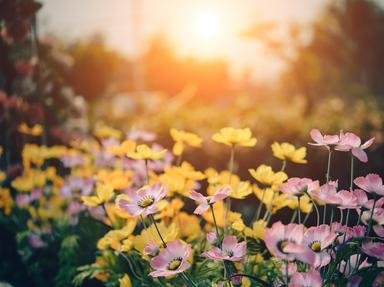Quiz Answer Key and Fun Facts
1. How is a dye different from a paint?
2. Natural dyes may be made from plants, animals and minerals. Which of the following dyes is derived from an animal?
3. Which of the following is *not* commonly used to produce natural dyes?
4. Before dyeing your wool, you'll need to soak it in a chemical that will improve the colorfastness and quality of the dye. What are such chemicals called?
5. Which of the following is *not* commonly used to improve the colorfastness and quality of the dye?
6. Which of the following has not been a source of red dye?
7. A traditional blue dye for both cloth and people in the British Isles, this dye was produced from a plant, in ages past, by fermenting its leaves with urine.
8. Tyrian purple was one of the most-valued colors in antiquity, because purple dyes were so rare. From what was it obtained?
9. Which of the following pure colors is most difficult to obtain through the use of just one natural dye?
10. What country derived its name from a natural dye plant?
Source: Author
crisw
This quiz was reviewed by FunTrivia editor
Bruyere before going online.
Any errors found in FunTrivia content are routinely corrected through our feedback system.

